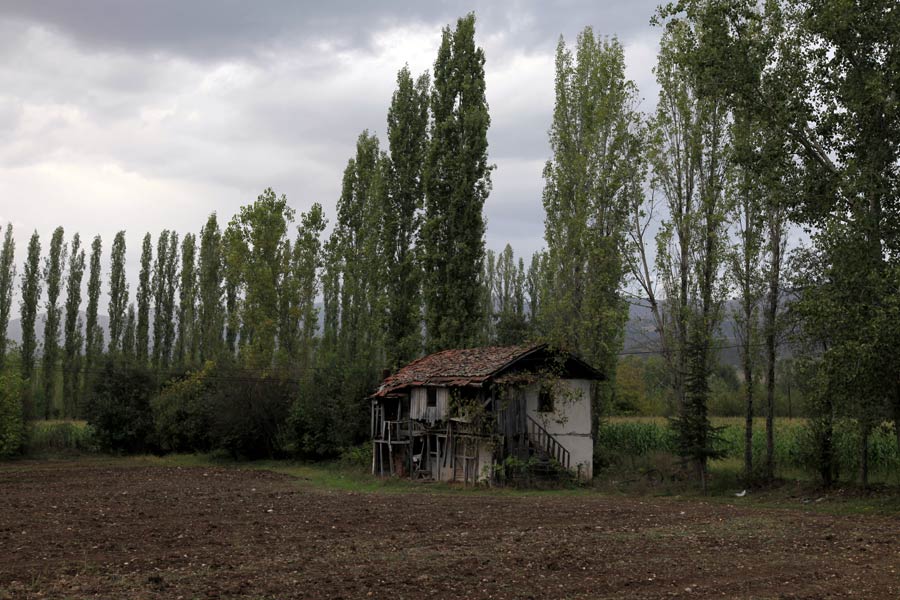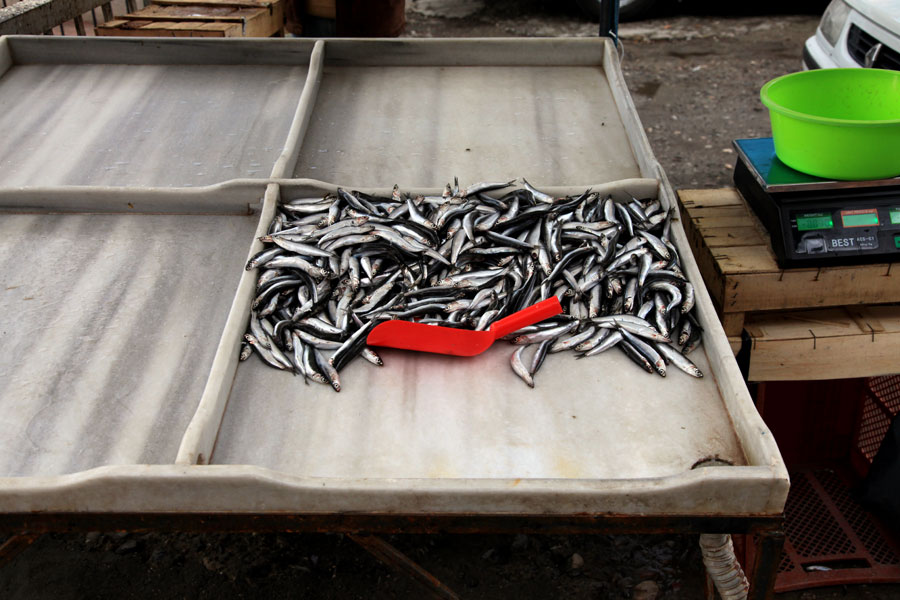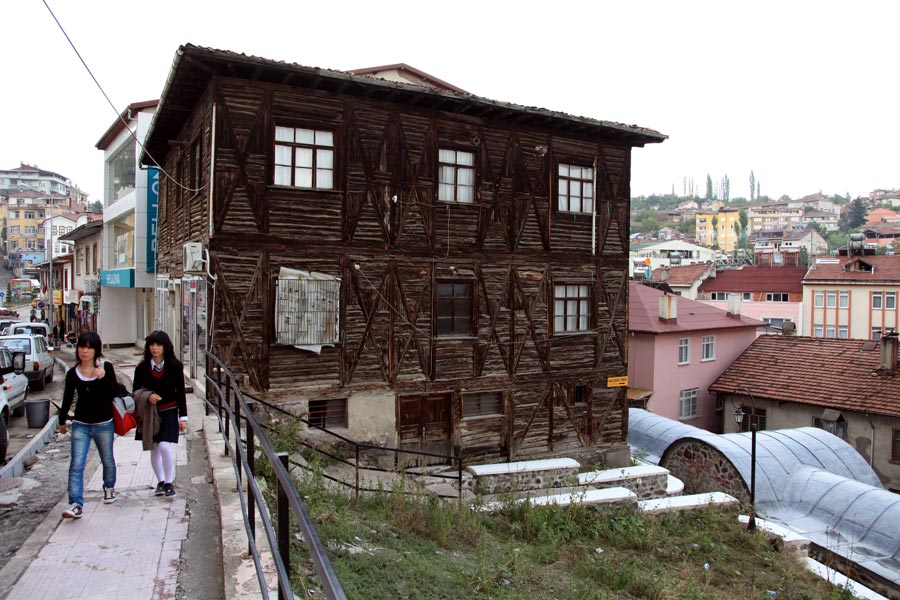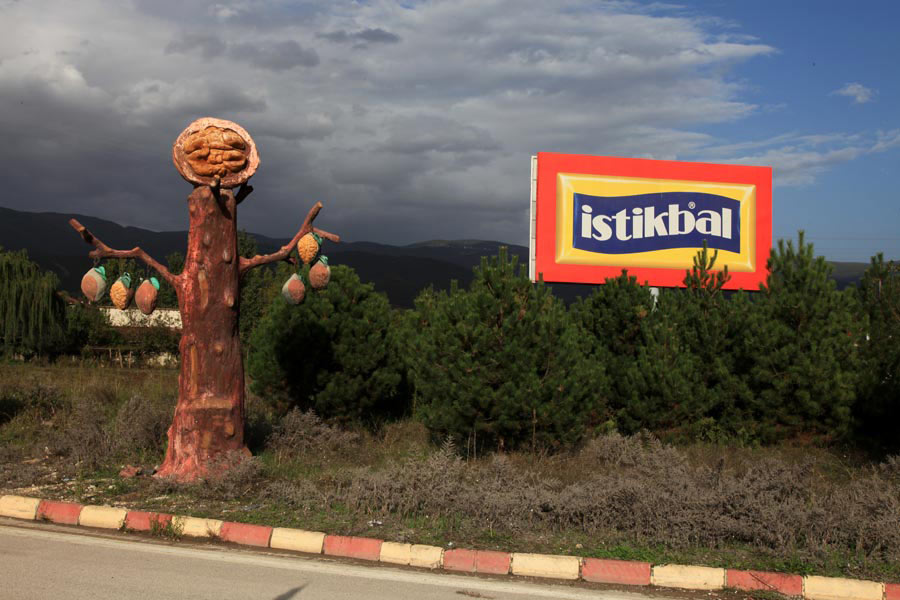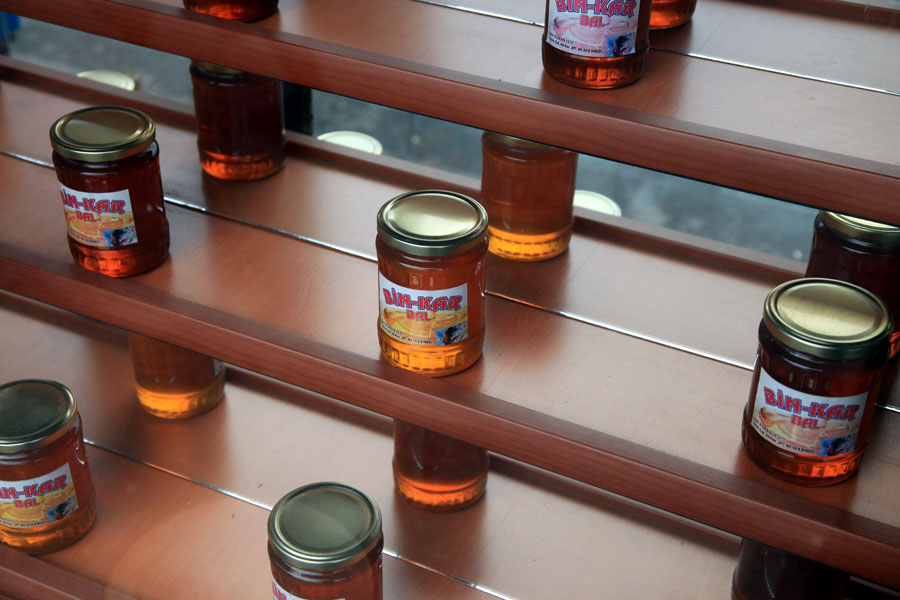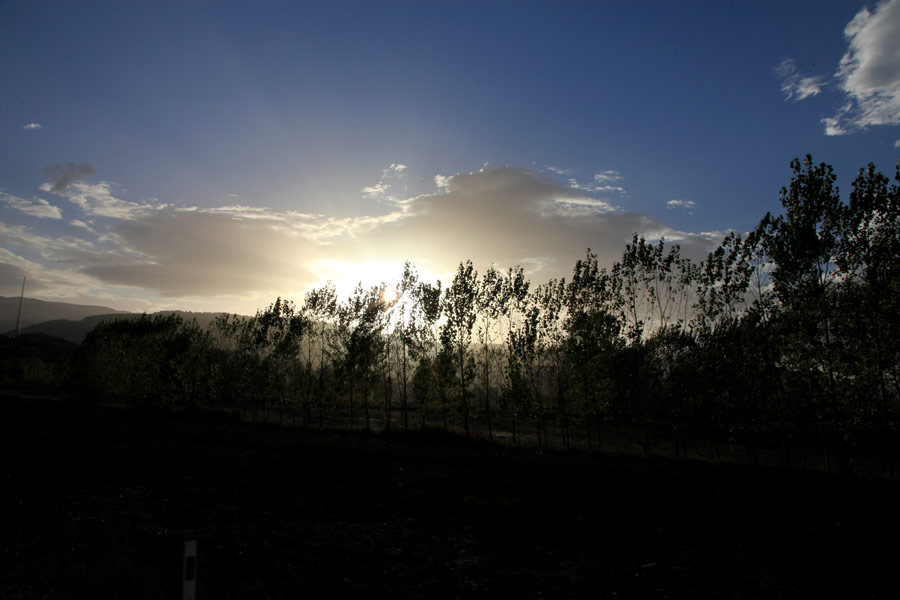25/10
Niksar, home of the humble walnut
What is becoming apparent to us as we travel further east along the North Anatolian Fault is the sheer scale of the area and number of people affected by it’s presence. We have driven for days across an expansive and much changing landscape, and whilst the urban connubations are few and far between, there are small villages and towns littered everywhere- each with their own individual character and way of life. Many of these places have experienced earthquakes caused by the fault line, and live in the shadow of the possibility that they will happen again soon.
We are now at Niksar – a bustling town which has been settled for many centuries by everyone from the Hittites to the Romans to the Ottomans. Today this can still be seen in the architecture, and the town has the feel of somewhere that has been established for a long time. There is still a number of traditional wooden Ottoman houses here.
Again, the abundance of agriculture here is in evidence – not only fruit and vegetables are produced here, but also delicious honey and walnuts, for which Niksar is famed.
In 1942 Niksar and nearby Erbaa experienced an earthquake of 7.0m causing 3,000 casualties. This occurred immediately to the west of the rupture zone of the 1939 Erzincan earthquake, following the trail of earthquakes from east to west along the North Anatolian Fault Line. Once more there is little evidence of this cataclysmic event in present day Niksar, and it seems consigned to being another footnote in the long history of the town. As we head off into the sunset, we are again reminded of how in time people can recover and rebuild after these traumatic events.


 Share
Share